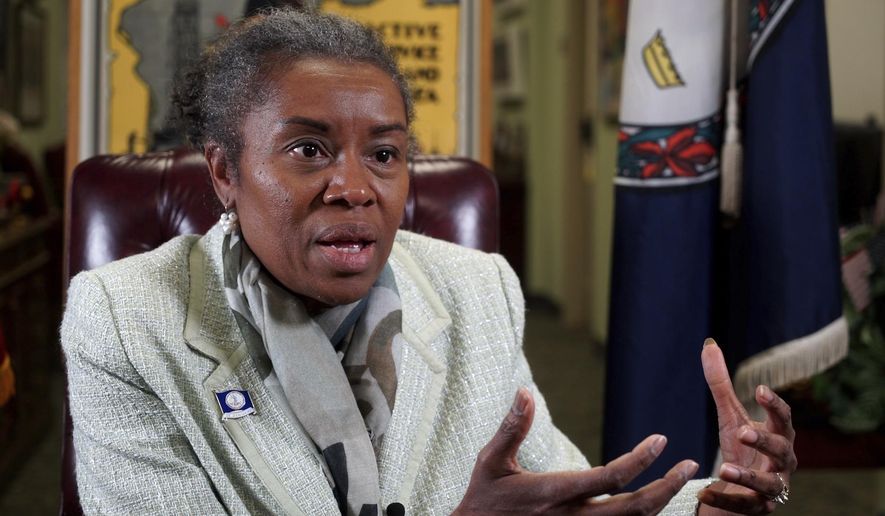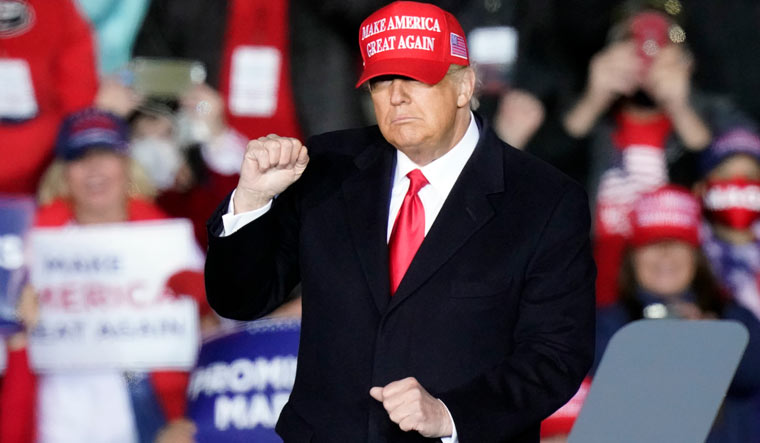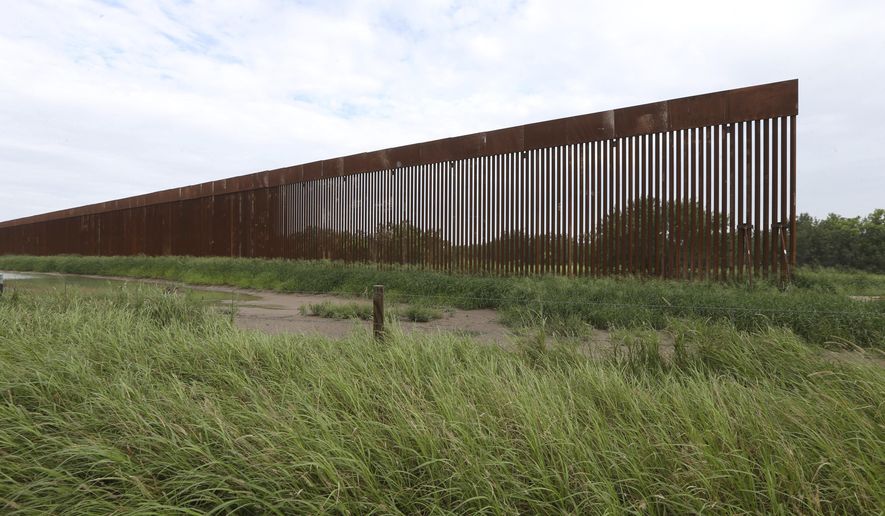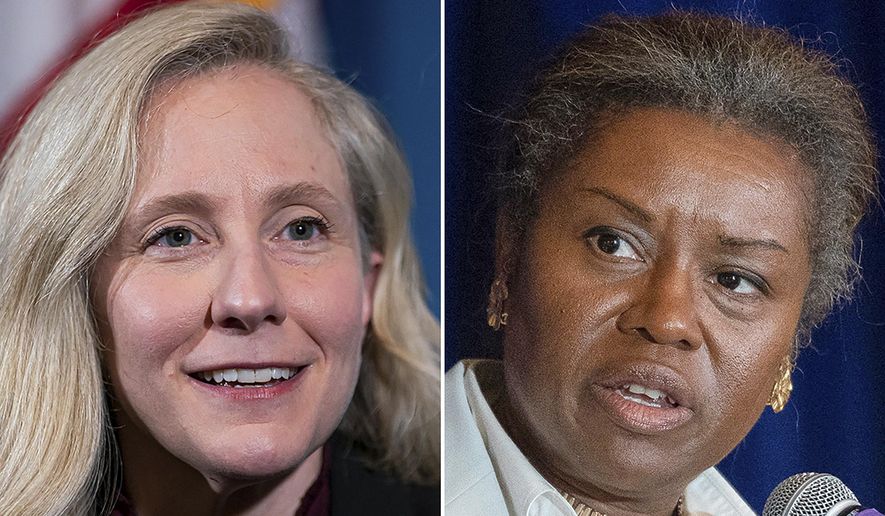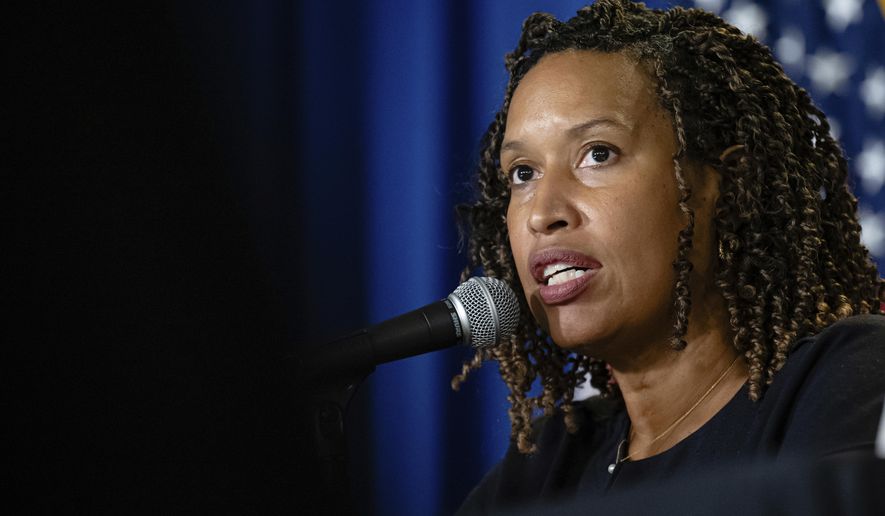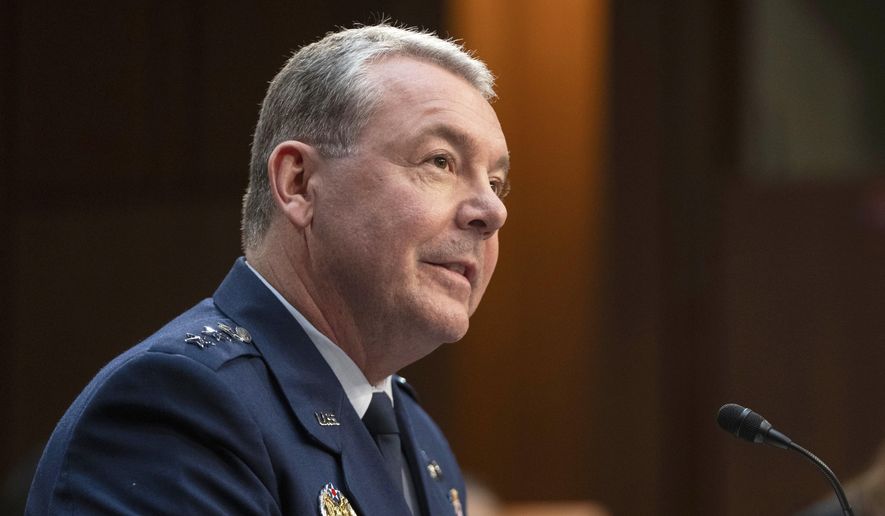Resurrection of ‘OPCON Transfer’ Has Massive, Poorly Understood Ramifications, Experts Warn
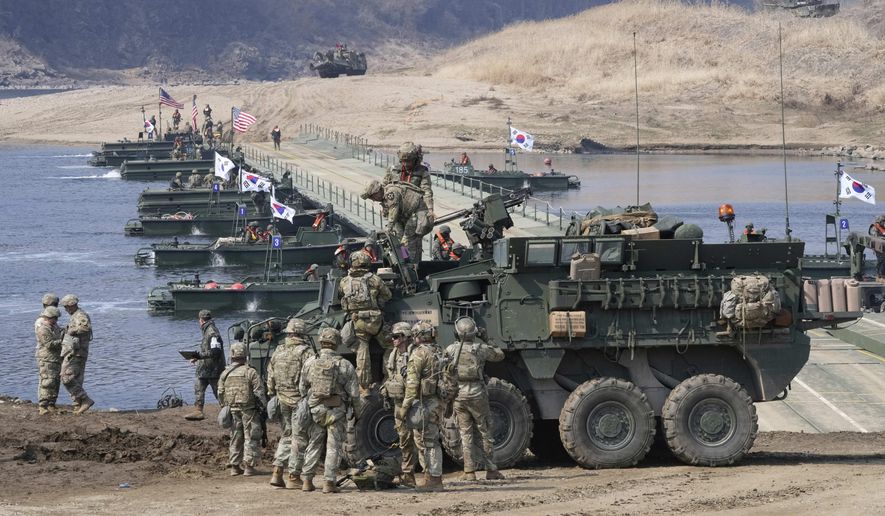
Andrew Salmon | July 17, 2025
(The Washington Times) — South Korea’s new government plans to take over wartime operational control of South Korean troops from the U.S. within five years, a shift that would almost certainly collapse the joint warfighting command on the peninsula and probably trigger a downsizing of U.S. Forces Korea.
Defense Minister nominee Ahn Gyu-back revealed the Lee Jae-myung administration’s intention Tuesday in a National Assembly hearing. The Lee administration was inaugurated in June.
“We are aiming to complete the transfer within the current administration,” said Mr. Ahn, a lawmaker and member of the liberal Democratic Party of Korea.
He subsequently clarified his statement.
“My earlier remark was not intended to set a deadline but to express our determination to pursue the transition,” Mr. Ahn said. “As always, the solid foundation of the Korea-U.S. combined defense posture and the fulfillment of agreed conditions by both parties remain prerequisites.”
Wartime OPCON Transfer is no novel concept. It was the brainchild of the liberal Roh Moo-hyun administration (2003-2008) after massive anti-American protests. Initially set for 2012, it has been consistently delayed, particularly by conservative Seoul administrations.
As North Korea massively upgraded its weapons of mass destruction capabilities, Seoul and Washington agreed to transition from a time-based to a conditions-based transfer of operational control.
The conditions that Seoul’s forces agreed to meet have never been fully public, but major upgrade requirements are known to be in intelligence, surveillance and reconnaissance assets.
Meanwhile, the startling upsurge of anti-Americanism in the early 2000s has virtually evaporated as a political force in South Korea.
Many conservatives fear the Lee administration is, at heart, a hard-left government despite its stated claims to be center-right. It is unclear whether the wider public is aware of the ramifications of transferring operational control.
“If Koreans fully commit to this, with capital letters, it will change the fabric of Korean society and will cost more than anyone can imagine,” said retired South Korean Gen. Chun In-bum.
The transfer would spell the end of the U.S.-led Combined Forces Command. Few say they believe U.S. forces would fight under South Korean command.
In World War II, allies including Australia, Canada and Britain operated under U.S. commanders in the European and Pacific theaters, and a U.S. officer has commanded NATO since its inception in 1949.
Other nations in the region that host U.S. troops, including Japan, home to the largest contingent of GIs on foreign soil, lack a combined forces command.
“Guys in Australia did not really have an enemy to focus on,” said retired U.S. Army Lt. Col. Steve Tharp, who is in South Korea. “Neither did the guys in Japan. They are there in support of other things in the region.”
“South Korea is lucky [to have a combined forces command],” Mr. Chun said. “Now, Japan wants one.”
In the shadow of the Russia-Ukraine war and as perceptions of threat from China and North Korea rise, moves have been underway since last year for Japan to create a joint warfighting command, upgrading what is essentially an administrative command.
Politically, some fret that the “America First” Trump administration, which demands that allies increase responsibility for their own defense, could use OPCON Transfer as an excuse to drastically reduce the 28,000-strong U.S. troops deployed to South Korea.
“It is common sense that if you contribute the bigger army, you take command: That’s natural,” said a retired South Korean colonel, speaking of Seoul’s assets, which outnumber Washington’s on the peninsula. “But if a Korean general takes command, then the U.S. will put fewer forces into the theater.”
Moreover, there are rumbles within the Lee administration that U.S. Forces Korea needs to adopt a China-facing posture in addition to its North Korea-facing role. The risk that places on South Korea, such as being drawn into a China-Taiwan war, are anathema to the Lee administration, which promotes improved relations with Beijing.
U.S. Forces Korea troops occupy forward-deployed positions facing China on Korea’s Yellow Sea coast within the strategic First Island Chain, but the presence has drawbacks. One is the centralization of assets on huge bases.
“From a force protection standpoint, aircraft are at risk on the Korean Peninsula,” Col. Tharp said. “They could get here quick enough if they need to.”
What’s more, warfighting capabilities degrade.
“Korea is so built up, ranges are getting fewer and harder to schedule,” Col. Tharp said. “It’s hard to keep troops trained.”
Some fear a radical drawdown of U.S. Forces Korea. “Now they are a ‘tripwire’: If U.S. forces are damaged [by North Korea], they will retaliate,” said the retired colonel.
Even if U.S. Forces Korea is reduced or nixed, Seoul and Washington will remain linked via their 1953 mutual defense treaty.
Yet capabilities would be undercut by the disappearance of the Combined Forces Command.
To counterbalance that, Gen. Chun said, Seoul would need to increase defense spending, pay professional troops more, extend the highly unpopular conscription period, and even, amid a rapidly shrinking population, conscript women.
“If politicians commit to change, fine; we are good, we can handle it, and as a military guy, I am behind it,” said Gen. Chun. “But are politicians willing to risk votes? They may try and compromise.”
Recalling how the U.S. left South Vietnam “high and dry” in 1975, Col. Tharp warned, “Be careful what you wish for: If South Koreans don’t want us here, we can leave.”








